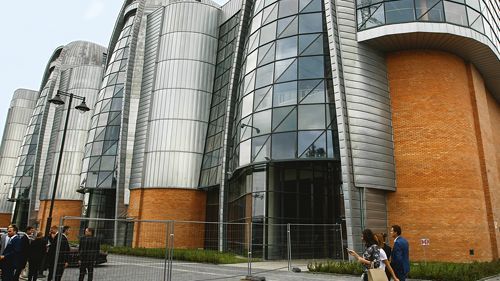The Copernicus Science Centre in Warsaw, which was built in an investment of PLN 350 mln, was one of the largest schemes of its kind in Europe in recent years. Since its opening day four years ago, the museum has turned into a major success, attracting a million people every year. A total of 450 exhibits have been installed over an area of almost 5,000 sqm (the useable area of the centre exceeds 17,000 sqm). Many of these can be touched and are interactive. These include an earthquake simulator and a robot that can be communicated with using facial expressions. “These days visitors are not satisfied with just being able to read or see something. They want to experience science at first hand. This is what sets science centres apart from ordinary museums,” explains Marek Pisarski of PAIT (Polish Tourism and Leisure Consulting), which specialises in the concept development, interior design and exhibit production for new centres. The entry fe































































